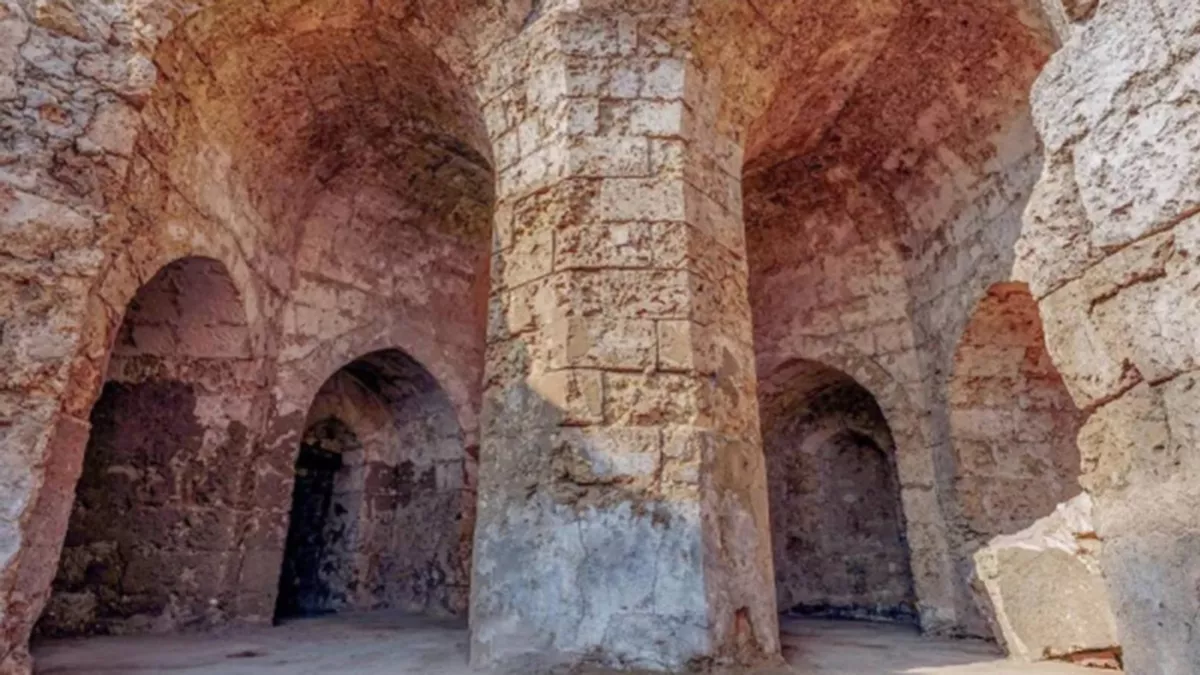Jeddah Historic District Program; As many as 25,000 fragments of artifacts dating back to the Islamic caliphates discovered
05 Feb 2024
News
From the Jeddah Historic Area, up to 25,000 artefact fragments have been found that date back to the Islamic caliphates during the first two centuries of the Hijri Calendar, or the 7th and 8th centuries AD. The Saudi Heritage Commission and the Jeddah Historic District Programme (JHDP) jointly issued the declaration in this respect. The Crown Prince and Prime Minister Mohammed bin Salman launched the Historic Jeddah Revival Project, which includes the archaeological finds that have been made public.
11405 pottery shards weighing 293 kg, 11,360 animal bones weighing 107 kg, 1,730 shells weighing 32 kg, 685 building materials weighing 87 kg, 187 glass artefacts weighing 5 kg, and 71 metal artefacts weighing 7 kg were among the significant findings that came from the archaeological survey and excavations that took place in November 2020, says the release. These archaeological finds, which weigh a total of 531 kg, add significantly to the body of knowledge about Saudi Arabia's archaeological past.
Archaeological excavations at Othman bin Affan Mosque have uncovered artefacts from as early as the first two centuries AH and from a variety of historical eras. Of particular note are ebony pillars discovered close to the mihrab, which have been analysed and linked to the Indian Ocean island of Ceylon (now Sri Lanka), highlighting the extensive trade connections of ancient Jeddah. Excavations at the same site also revealed a collection of pottery vessels and fragments, including fine porcelain, according to the announcement. While earlier pottery fragments belong to the Abbasid era, some of the pieces are created in the Chinese province of Jiangxi and date back to the 16th and 19th centuries AD.
Numerous pottery fragments from the 19th and 20th centuries, including porcelain and ceramic from Europe, Japan, and China, have been found at the archaeological site at Al-Shona, which dates at least to the 19th century AD. pieces of the Eastern Moat were discovered during excavations at Al-Kidwah (Bab Makkah - Makkah gate), and these pieces are most likely from the late eighteenth century.
Throughout ancient Jeddah, tombstones composed of granite, marble, and mangabi stone were discovered in various places. Names, epitaphs, and passages from the Qur'an are inscribed on these tombstones, which may date to the second or third century AH. Experts are currently closely examining them.
The four historical sites underwent excavations, radiocarbon dating, soil testing, geophysical surveys, and scientific artefact inspection as part of their archaeological investigations. 52 different structures' worth of wood samples were sent to foreign labs for dating and identification. Additionally, a great deal of worldwide archive study resulted in the acquisition of over 984 historical records, including sketches and maps of ancient Jeddah. They are being thoroughly studied right now.
Archaeological artefacts discovered in Historic Jeddah are registered, documented, and preserved under the supervision of the Heritage Commission and the Jeddah Historic District Programme. In order to preserve the data pertaining to the found artefacts, scientific databases were established and these finds were included into the National Archaeological Register.
